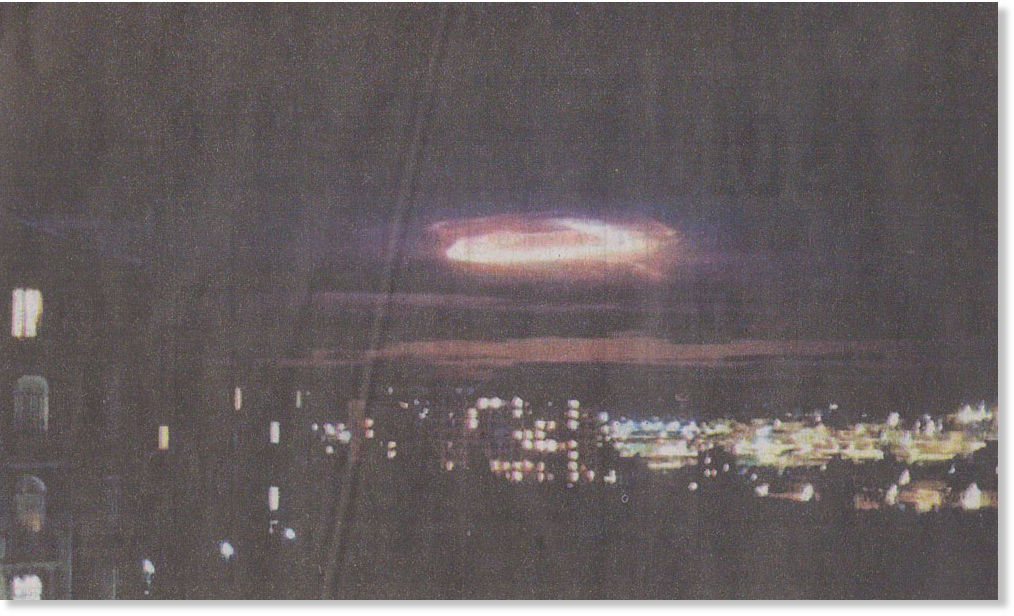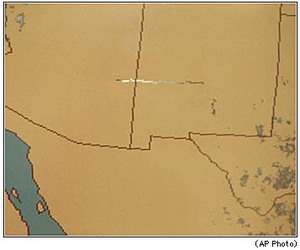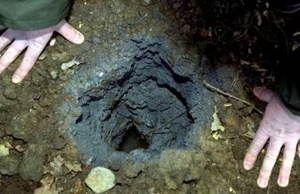
The fireball left a spectacular glowing trail in the night sky
The meteor that stunned several French people on January 25th in the late afternoon, may not have fallen in the surroundings of Bourges (Cher), as was first believed.
According to the research done by Dominique Caudron, an amateur astronomer in the North of France, the falling point would be located "a little bit toward the East of Albi, in the surroundings of Paulinet".
In an article published by
le Figaro, Pierre Lagrange, a sociologist of sciences and member of the College of Experts working in a team of study and information on Unidentified Space Phenomena (Geipan) at the Centre National d'Etudes Spatiales (National Center of Space Studies) in Toulouse, gives a precise description of the calculations of the young astronomer.
This new localization helps to understand the many reports from witnesses gathered in the Tarn department, even if the celestial object was also seen in other departments of the 'Midi toulousain' (the region surrounding Toulouse).
Comment: Sounds like maybe there were two of these fireballs in France that day, not just one, given the differences in the reports.
Update March 2008Another fireball over France was captured on camera:


Comment: Sounds like maybe there were two of these fireballs in France that day, not just one, given the differences in the reports.
Update March 2008
Another fireball over France was captured on camera: